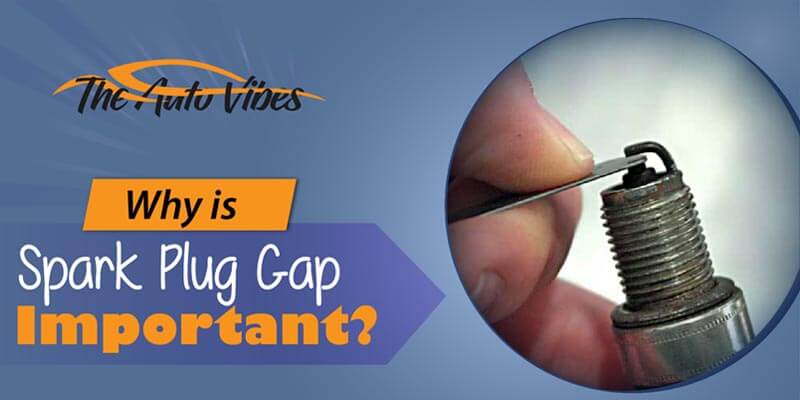Have you ever wondered why there’s a gap between the electrodes and why is spark plug gap important? It’s because the gap between the spark plug’s side and center electrodes maintains a specific distance for the engine to function properly.
If the gap size is wrong for your automobile vehicle, the plugs won’t fire efficiently. The distance between the two electrodes ensures that the correct voltage is sent to the ignited fuel, which then causes combustion and makes sure the engine runs smoothly.
Anyway, let’s get into more details for a better understanding.
Is it Necessary to Always Have Gaps in Spark Plugs?
Yes, it’s necessary. The purpose of the spark plug gap is to restrain voltage surges and prevent equipment damage.
In the past, people needed to create gaps before using spark plugs, but now these are available in pre-gaped versions. But it’s advisable to examine the gap measurement to check whether the gap is set correctly or not.
You can check the vehicle’s owner’s manual to know about the recommended setting of the spark plug gap.
How to Figure Out the Correct Gap?
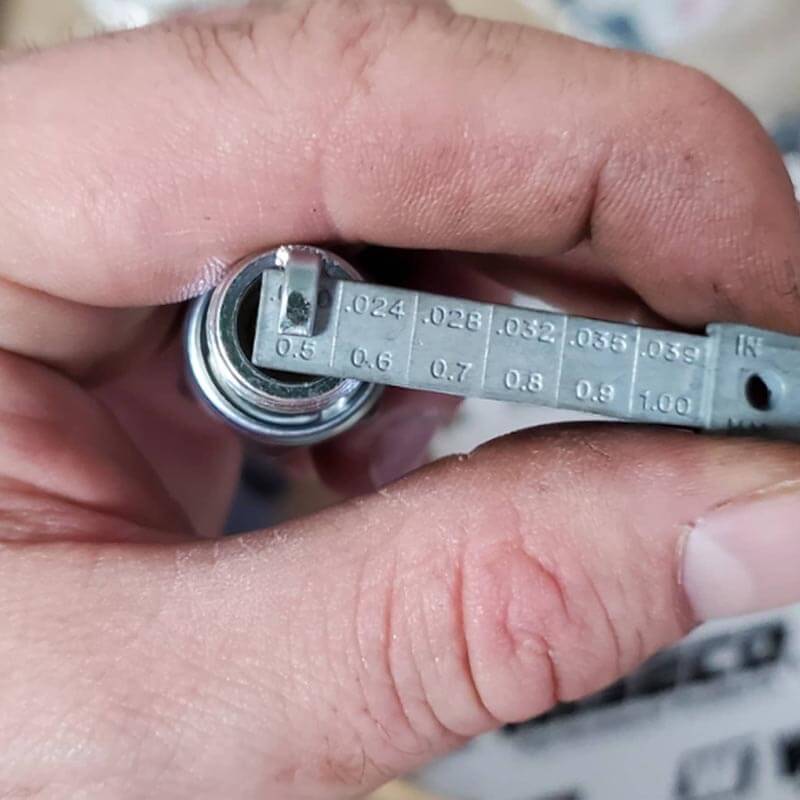
If the gap isn’t appropriate between the two electrodes, it can cause some problems in your vehicle. That’s why it’s necessary to know the right setting and adjust it accordingly.
Most of the vehicle’s general spark plug gap size is somewhere between 0.6 mm to 1.8 mm (0.026 to 0.07 inches). You can use a tool, like a gap gauge or feeler gauge, to measure the existing gap.
The process is straightforward, just run one of these tools between the gap of the electrodes and take note of the measurement. Now, compare the existing gap size with the recommended size to know how much adjustment it needs.
What Are the Symptoms and Signs of Too Much Spark Plug Gap?
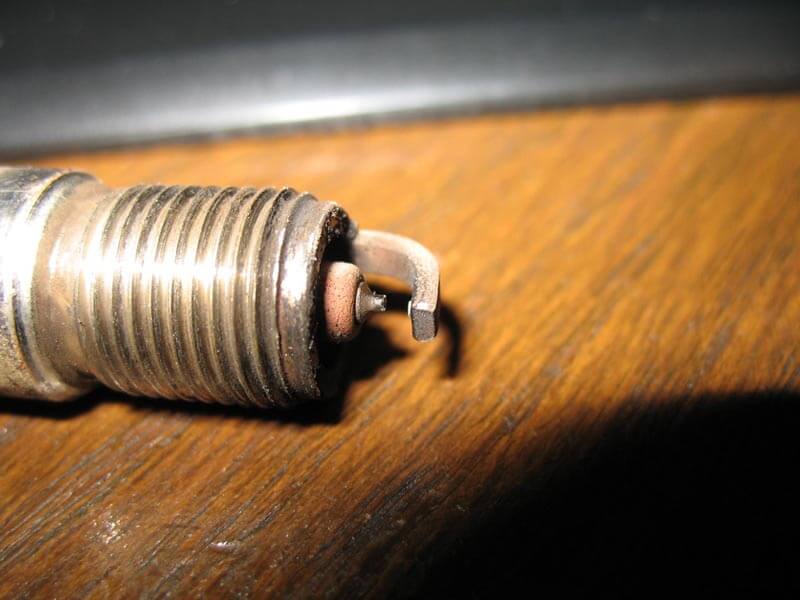
Does too much gap between the electrodes mean better flow of voltage? Well, no! The spark plug doesn’t work that way; instead, the gap has to be adjusted properly to offer a better voltage flow.
Before we head toward the gap adjustment process, you should know that the incorrect setting of the spark gap can lead to engine problems.
Here are some common symptoms of too much spark plug gap –
- Power loss in an automobile vehicle
- Increased plug wears
- Cylinder misfires at speed
- Spark plug fouling
- No-start engine conditions
How to Adjust the Gap Between the Spark Plug?
You can follow the below process step-by-step to adjust the gap successfully.
Step 1 – Clean the Spark Plug
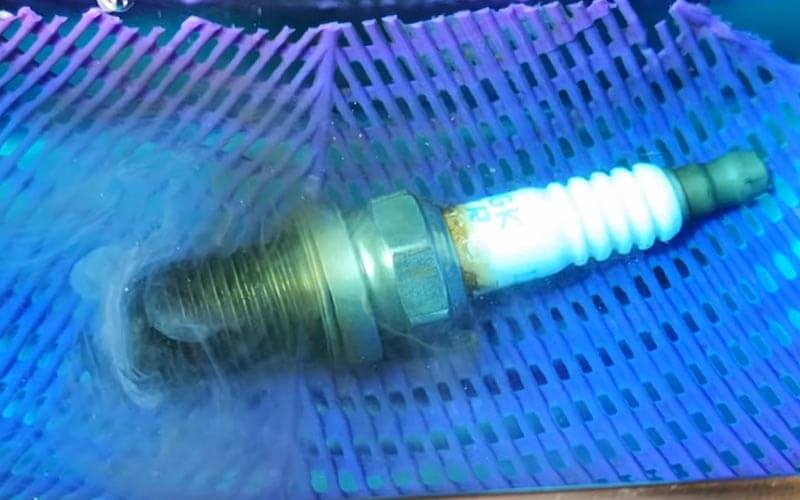
If your spark plug is used, you must clean them properly before re-gapping. First, gently scrub the plug with a wire brush to remove previous rust or any particles in the cylinder.
Even if your spark plug is new, make sure these are clean, and notice whether the side electrode’s tip is centered on the middle electrode. There shouldn’t be any bubbles or cracks in the porcelain insulator, and the thread must be in good shape.
Step 2 – Check the Existing Gap Size
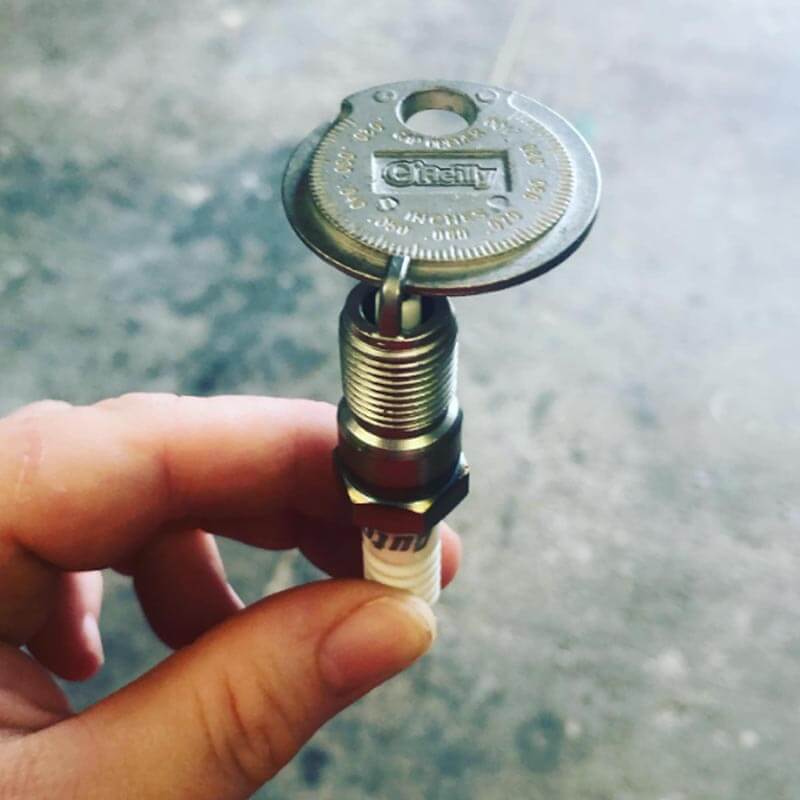
Check the spec sheet in the owner’s manual of the automobile to find out the correct gauge. You can also take information from experts for an accurate gauge.
When you find the right gauge, place it through the electrode and see if it can be placed easily without touching the electrodes or fails to go through.
Step 3 – Adjust Gap As Required
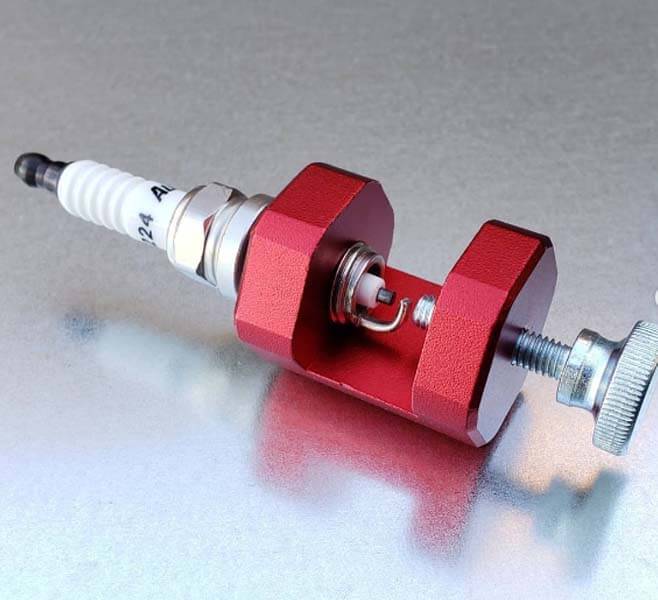
If the gauge went through easily and didn’t touch the electrodes, it means the gap is broad, and you need to reduce it.
In that case, thrust the side electrons gently against a mar-proof and clean surface. Keep pressing until the side electrode is bent toward the center electrode.
And when the gauge doesn’t go through at all, it means the gap is narrow. Hook the feeler gauge portion that is used to bend the electrode under the side electrode. Next, you need to tug gently in order to expand the gap.
Step 4 – Examine the Gap Again
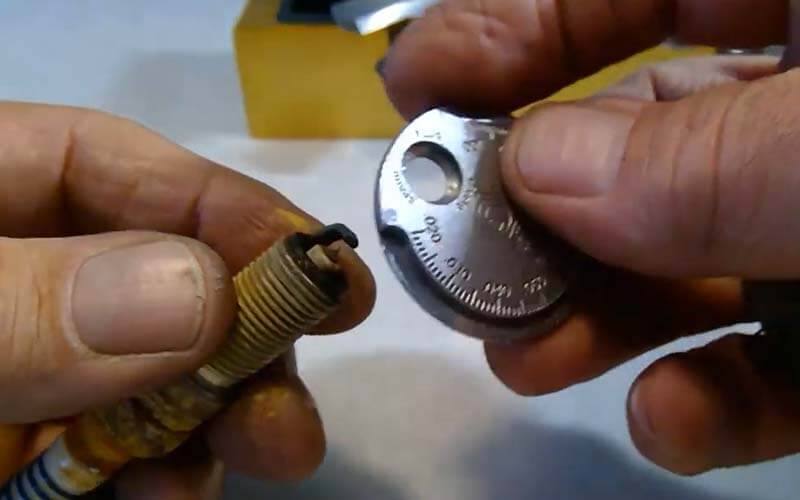
You’ll get the perfect gap when the gauge goes through easily and touches the electrodes without making much friction while passing. Even if it takes multiple attempts to adjust to get the perfect gap, don’t freak out. It’s normal to take a bit longer to figure out the right thing for the first time.
FAQ
Too much gap can create cylinder misfires, frequent wear, tear, and engine problems. On the other hand, too narrow gaps provide a weak spark to fulfill the engine’s combustion process.
No, if you change the spark plug gap, it won’t affect ignition timing. Instead, it may affect the ability of the spark to ignite the fuel.
No, spark plug gaps don’t work like that. If your automobile needs more wide or small gap than the existing gap size, you need to adjust the gap in that way.
When you replace a damaged spark, you’re restoring your car’s peak performance. So, changing the spark plugs can increase HP (horsepower).
The distance between the plugs should be between 0.020 and 0.040 inches. The gap appears to be roughly 0.035 of an inch for most engine builders. However, the type of spark, the cylinder heads, fuel, and timing are all key factors in determining how much gap is appropriate for the user.
Conclusion
So, now you know why is spark plug gap important and what will happen if the gap size is incorrect. Fortunately, the process of gapping the spark plug is straightforward and cheaper. But the process can be time-consuming since getting the perfect gap is tricky. So if you find learning the gap size and right gauge difficult, don’t hesitate to go to an expert.

